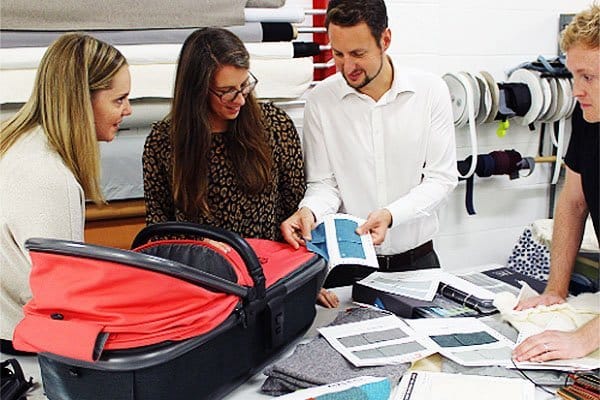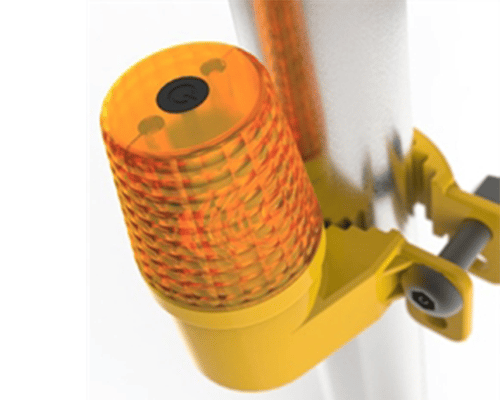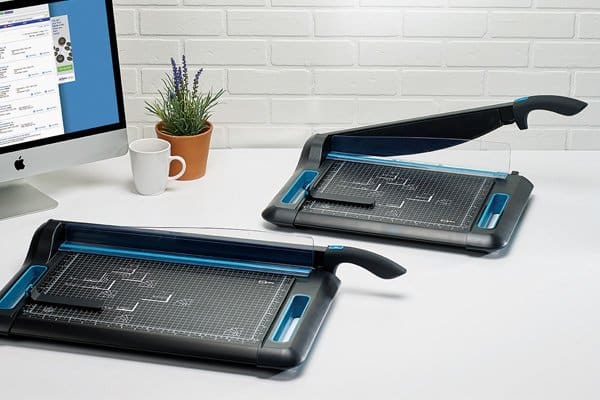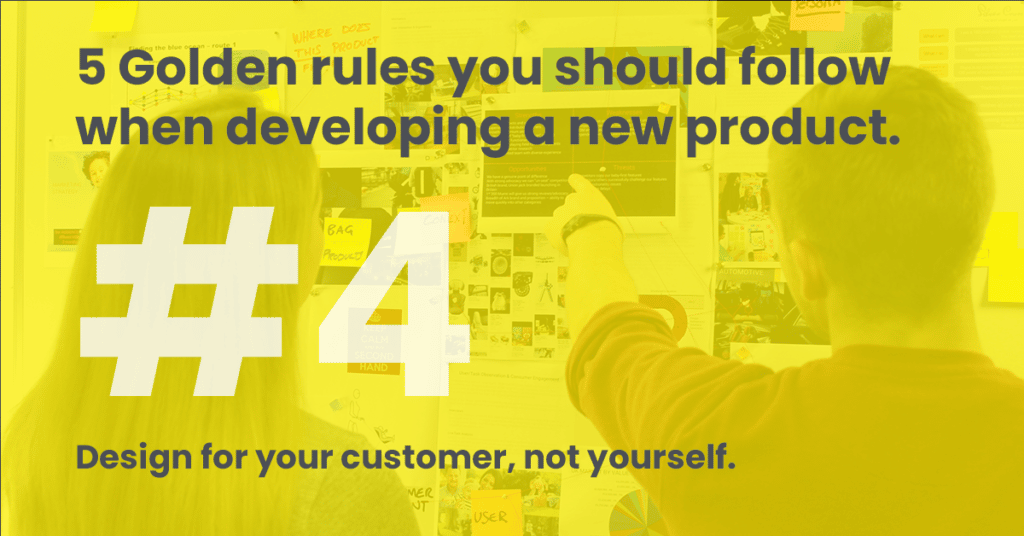
Hi I’m Phil, I founded D2M Innovation just over 10 years ago! I hope you enjoy reading this article. To have my team develop your project, fill in this contact form…
Rule 4: Always design for your customer and NOT yourself!
It’s week 4 of our Golden Rules of Innovation blog series! I will be sharing the reasons why you should ALWAYS design for your customer and not yourself.
You want to sell your product to a wide audience. It can be easy to design to your own opinions, but the better route is to first learn your market and their needs. Then use that as your north star.
You need to work out which features customers are drawn to and which are just adding to your overall cost.
Don’t over-design your product as this can lead to a very high price tag and more features than you can communicate to your customer. Asking for market feedback and learning the core needs helps to focus your solution. Obviously, this starts to go hand-in-hand with a minimum viable product approach, but it’s critical that the minimum approach is still appealing to your target market!
Learning early on how your customer values a solution can guide you in your development process so you design something commercially viable. There are ways to protect your intellectual property whilst you gather this market intelligence and we can help guide you through this.
We undertook focus groups as part of the development of the pushchair product, but we didn’t do this for the brand work. It can be hard with focus groups as people generally don’t want to offend anyone and so we’ve found that they are generally more positive than helpful.
Another important thing…
Don’t Stop Asking Questions.
You should bear this in mind throughout the development process! Once your idea comes to life in a prototype, you should check back with your customers to see if you hit the mark. Watching users test your solution is a critical experience, and often gives you vital information to create a great product. This can be done in a 1-1 interview basis or through a larger focus group.

A previous client, WHI Safeguard came to us with an idea for lighting on public roads. We did some initial work before we hit a major challenge in the standards which meant that the idea wasn’t going to be possible. Rather than giving up, they went back to their target customer (equipment hire companies) and asked them what lighting products they were lacking.
They quickly realised that scaffolding lighting was a major gap in the market and, by working with their target customer, developed a range of lighting products starting with a scaffolding light.
Significant communication with the target customer during the development process meant that the product was hugely de-risked. It also meant that decisions were easy to make because they were simply driven by customer feedback.
Once the product was launched, they were entirely ready to order because the core functionality was what they wanted, the cost was acceptable and the product was exactly what they wanted.
This seems extremely obvious but so few of our clients actually talk to their customer. Most of the time, it’s all about what they want and this is the only factor that drives the decision making during the process.

Avery Dennison is our biggest client to date.
They are a Fortune-500 business based in California. They employ 30,000 people worldwide and are probably best known for making labels in the UK. They also make a range of guillotines and paper trimmers which we were tasked to re-design.
What stood out was the respect they had for their customer and their unwavering focus on what the customer wanted. For example, the guillotines sold mainly to schools and their current range only cut 25 sheets in one go. They realised their customers had classes of around 30 pupils and so needed a greater cutting capacity.
We came up with loads of innovative features in the concept phase and they were brutal about eliminating some of these. They understood the importance of margins and weren’t prepared to add cost unless their customers really wanted it and were prepared to pay more for it!
This was a huge lesson to us and although big corporate companies aren’t always that great at innovation, in this case, they were very good at keeping their customer at the heart of all decision making.
I lost track of the number of focus groups they ran!
By the way, we did get one of our innovative ideas through for a new blade guard. This meant no more large plastic pieces sticking up ready to be broken! They later patented it and it‘s now part of their product range.
We also made the trimmer head clear so you could see where the blade was actually cutting…
Sounds obvious, but surprisingly hadn’t been thought of before! This was also successfully launched as part of their products.
Tomorrow I’ll let you know how you can defend a patent without spending a PENNY. I’ll also tell you about Barry’ – how he went from unemployed to having an annual turnover of £1 million.

Are you ready to start your innovation journey?
If you are ready to start your product development journey, why not submit your project for us to review? Or you can drop us an email: [email protected]
We endeavour to answer all enquiries within 48 hours on business days.
We’ll keep your idea entirely confidential under our NDA. My team will be happy to talk you through our process and to see if your project is something that we can help with!
